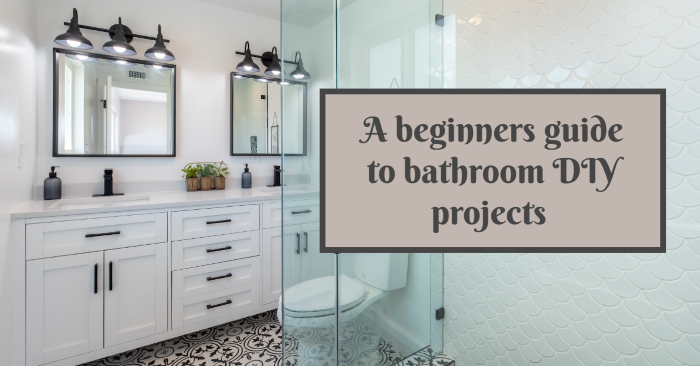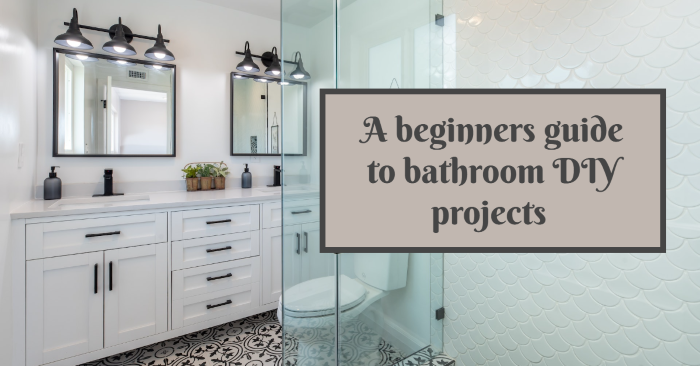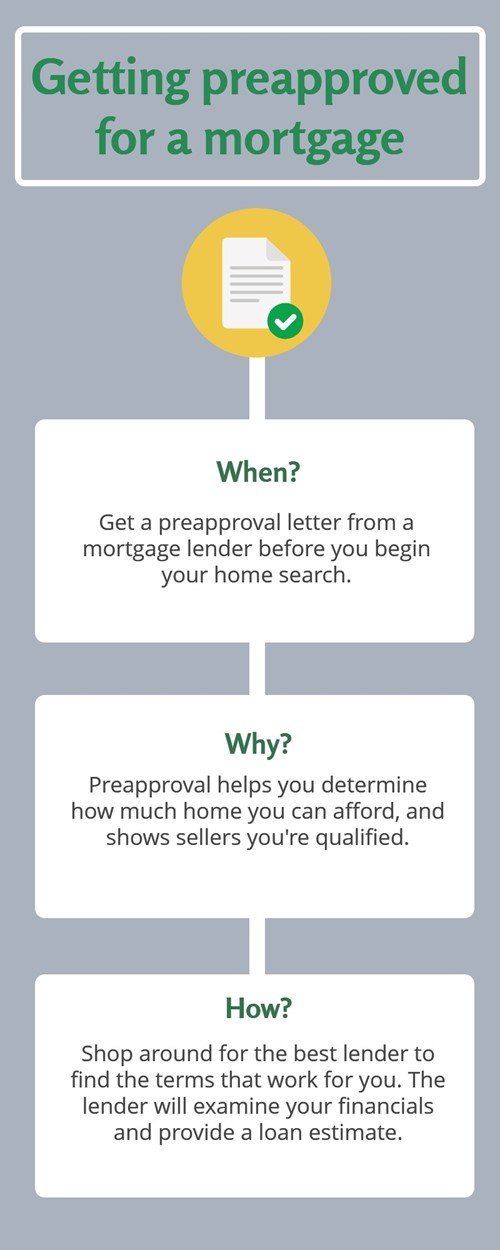How to Decorate With the Celestial Design Trend


Celestial imagery has become a popular trend in interior decorating. From social media style influencers to major decor vendors, the celebration of space and stargazing has found its way into every room. If you are interested in incorporating the celestial style into your own interior designs, here are some ideas to inspire you.
Create a Celestial Gallery Wall
A gallery wall is an excellent place to begin when exploring the celestial trend. Consider a collection of star and sunburst-shaped mirrors or artwork. Mixing metallic finishes, glass and reflective surfaces will catch the light in the room to create inspiring sparkle. Another option for a celestial gallery wall is building around a single piece of dramatic artwork or photograph of the Milky Way.
Celebrate the Constellations
For a more subtle approach to celestial decor, try minimalist diagrams or artwork of constellations. You can use the iconic shapes of constellations in your wall decor by hanging vintage style scientific diagrams or by using a set of decorative throw pillows. For a fun DIY idea, try painting the constellations on the wall using stencils.
Try a Star-Studded Backsplash
For a little sparkle in your bathroom or kitchen, go for a bold celestial tile mosaic or art deco-style star motif. Keeping the color scheme minimal will prevent it from becoming too busy or chaotic, and a simple combination of black and white will add a timeless feel. For the DIY-inclined, customize your own subway tile with painted stars.
Hang a Space Age Chandelier
A dramatic chandelier can transform the look and feel of any room while bringing the celestial decorating theme into focus. For a modern feel, opt for a Sputnik chandelier. The bold angles and minimalism of this light fixture will make an excellent addition to a formal dining room or cozy living room. You can also try a large Moravian star lantern or a collection of them in different sizes to add eclectic whimsy.
Add Sparkle With Twinkling Star Lights
When in doubt, you can’t go wrong with string lights. While any type of white string lights hanging from the ceiling or on walls will emulate the beauty of a starry sky, star-shaped bulbs bring the celestial imagery to another level. Consider mixing in some lights with a twinkle setting to add magical ambiance.
Celestial themed decorations are easy to add into your existing designs in order to try out the trend for yourself. Add a little sparkle and shine to your home with these ideas and let them inspire you to reach for the stars.
A beginners guide to DIYs for your bathrooms


While the bathroom may not be the center of your home, it’s a vital part of the house. Sprucing up the bathroom can give it a fresh appeal, which in turn makes the space more enjoyable. The best thing is you can make many stylish changes completely with DIY bathroom decor ideas.
Barn wood-framed bathroom mirror
The bathroom vanity mirror is a major focal point when you enter the room. Try starting off your DIY bathroom projects by adding some pizzazz with a DIY barn wood frame. Create a new mirror frame with reclaimed wood planks for an eclectic and delightfully rustic aesthetic.
Minimal bathroom with DIY light fixtures
As a complement to your wooden mirror frame, consider a DIY wooden light fixture. Cut a large piece of wood, so multiple branches reach out to hold a light. This abstract decor idea brings a natural theme into the bathroom while offering a striking ambiance guaranteed to thrill .
DIY stone bathtub surrounding
Installing faux stone veneers is another affordable project to add to your DIY bathroom ideas list! These decals can be placed on your tub, giving it a more earthy yet sophisticated allure. This project is also great for renters because the decals can be removed easily if needed.
DIY rope-wrapped waste-basket
DIY for bathrooms can be as simple as some rope and a glue gun. This inexpensive DIY project involves wrapping rope around a waste-basket, giving new charm to a feature often disregarded in decor.
You can choose to keep the rope all one shade, or mix things up with multiple hues or styles of rope.
Enhancing your bathroom doesn’t always have to mean completely remodeling the room. Sometimes all you need is a bit of creativity and DIY ideas to make a fresh impact in your home.


 Facebook
Facebook
 X
X
 Pinterest
Pinterest
 Copy Link
Copy Link

















